THE FILM FILTER AND EXPOSURE
SURFACE SENSITIVE TO LIGHT
FILMS and PHOTOGRAPHIC PAPERS are surfaces sensitive to light. FILMS contain minute grains of silver halide suspended on animal gelatin and coated with celluloid materials. It has two main parts, namely; (a) EMULSION, and (b) BASE.
FILMS ARE COMPOSED OF:
-
- A thin coat of animal gelatin Base
- Emulsion Anti-halation backing

NOTE: Above is the same thing as in photographic paper that is also sensitive to light. But what we are describing here are the sensitive materials used by photographers during the time digital photography was not yet a trend and is not used in digital photography.
TODAY several materials used in digital photography are not much sensitive as such especially in terms of photographic paper. But still, they are coated with a special solution on their surface to suit the purpose of photography, whether as a hobbyist, collector, or a scientist (e.g. are rough, smooth, and glossy)
FILMS are classified according to their form and types. Basically, films that are available in the market today are in various forms. They are in ROLLS, CARTRIDGES, and CUT SHEETS. These products are not actually phased-out, it can still be purchased online. But most of the commercial photo centers today don’t have this in their stores.
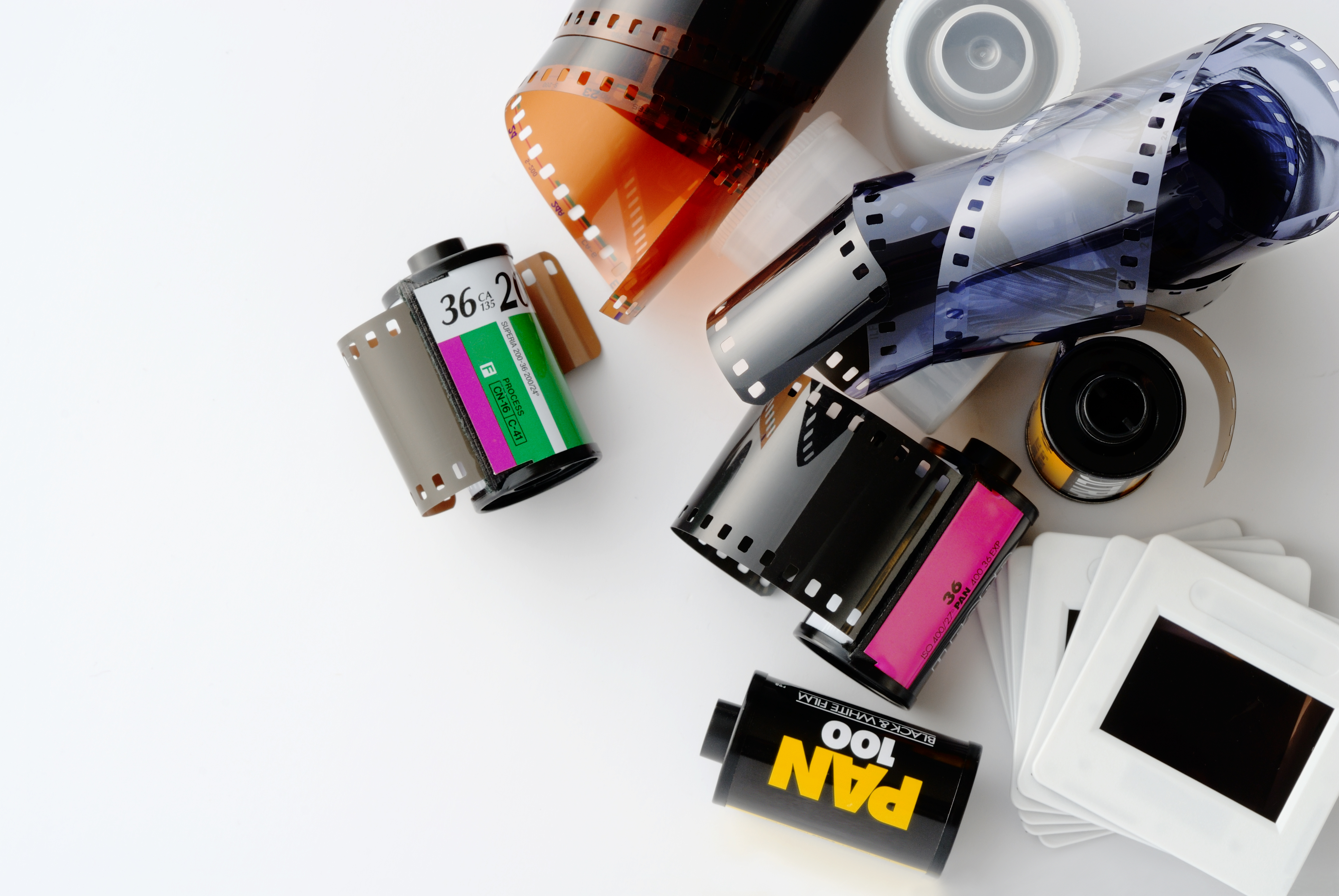
TODAY very few are using film instead what they are using is MEMORY CARD whom we also consider sensitive in the sense that its nature and size may be subjected to mishandling. To cut it short, the contact points of the memory card are especially sensitive. You can clean them with isopropyl alcohol, but make sure you don’t scratch the contacts or give them a static electricity shock. This can easily be corrupted also if its host (computer or gadget) has a virus or defect. SUCH SENSITIVITY DIFFERS FROM THE SENSITIVITY OF PRACTICAL PHOTOGRAPHY WHERE THE MOST IMPORTANT CURE IS INSIDE THE DARKROOM AND THE PROTECTION MADE MUST BE AGAINST LIGHT. Meaning film and photo paper are both light-sensitive materials.
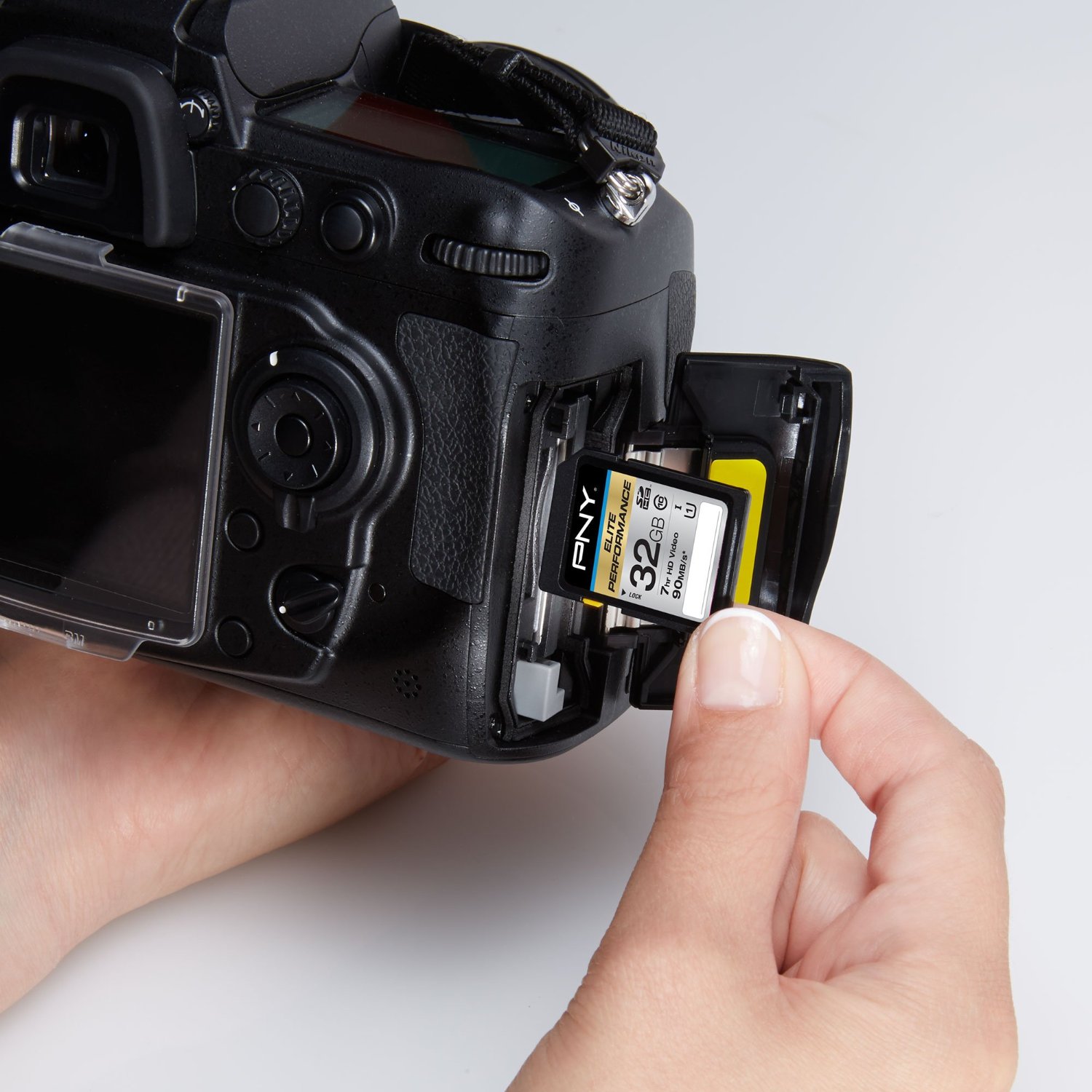
The light sensitivity of the film is also known as the SPEED OF THE FILM. Such speed as discussed is determined through ASA, ISO, or DIN.
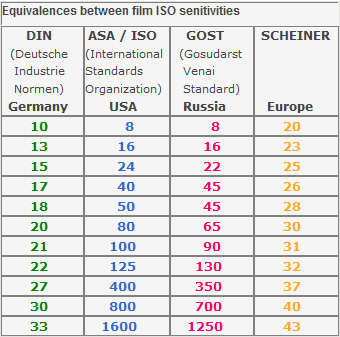
These numerical value indicated in the selector of the camera is an adjustment intended for the photographer to be familiar with the light condition. ASA, ISO, and DIN refer to the sensitivity of the camera’s sensor. The ISO, ASA, and DIN setting are one of three elements used to control exposure; the other two are f/stop and shutter speed. See and go back to Part 2A.
TYPES OF FILM
-
- FAST SPEED FILM. When the available light is dim, this type of film is the best choice because of the low-reflecting power of the subject against a reflecting background, which is low in contrast but high in brightness. This is excellent for night or blackout flash photography.
- PANCHROMATIC FILM. This is sensitive to all colors, especially blue and violet. This is a black and white film. There are three (3) classes of Panchromatic film:
- Processed Panchromatic Film
- Grain Panchromatic Film
- High-speed Panchromatic Film
- INFRARED FILMS. A special type of film, which is sensitive to infrared radiation.
- COLORED FILM. A mixture of the three basic colors of the visible spectrum
- ORTHOCHROMATIC FILM. Film sensitive to all colors except red.
- X-RAY FILM. A film, which is sensitive to the x-ray region of the electromagnetic spectrum.
- BLUE SENSITIVE FILM. A film specially treated that makes it more sensitive to the blue rays of light. This is suitable for ultra-violet photography.
NOTE AGAIN: We never expect the board examiner on this Era will include this in the BOARD EXAMINATION. But we fail in such expectation because for the past years, some of the types of film, though obsolete are still part of the board question. Probably this is a test to show your proficiency in the field of photography.
SENSITIZED PAPER
The result of the photography in its final form is a photograph. The material necessary to produce a positive print is a SENSITIZED PAPER. Its emulsion is coated with an opaque-like paper.
Each type of emulsion has its own substance and uses in the preparation of photographs. These emulsions are:
-
- Silver chloride emulsion
- Silver bromide solution
- Silver chloro-bromide solution
SPOT THE DIFFERENCE: The nature of the emulsion will give you the final appearance, whether the finished photo will be bluish-black and white, grayish black and white, or pure black and white. This the effect of the different chemical emulsions in photography (normally a silver chloro-bromide emulsion will produce a black bluish result).
Photo paper is made with different characteristics. These are the combination of thickness and finish. The texture may be:
-
- Smooth
- Glossy
- Rough or linen
The choice of photo paper for printing will depend upon the purpose of photographs to be made. Black and white object is usually printed in the white base photo paper. Reproduction of photos would give satisfactory results if printed on glossy white photo paper. For portrait photos, a cream paper base photo is necessary and recommended. For LAW ENFORCEMENT, the smooth photo paper is necessary so that the detail of the image appears and appreciated by the viewers.
THE FILTERS
FILTERS are a homogenous medium, which absorbs and transmits differentially light rays passing through it. A color filter works in such a way that it will transmit its own color and absorbs all other colors. By using filters in a combination with black and white films, the photographer can control the tonal values to get a technically correct condition or to exaggerate, or suppress the tonal differences for visibility, emphasis, and other effects. With color films, filters are used to change the color quality of the exposing light to secure the proper color balance with the film being used.


THE FILTER FACTOR
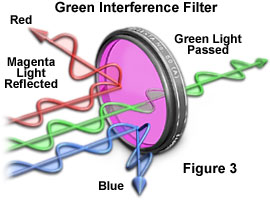
Because the filter subtracts (do not allow any rays) some of the light passing through the lens, an increase in exposure time or lens opening is necessary. The number of times that the normal exposures must be multiplied is called FILTER FACTOR.

TYPES OF FILTER IN BLACK AND WHITE PHOTOGRAPHY

- Correction filter. Is used to change the response of the film so that all colors are recorded as approximately the relative brightness values seen by the eyes. (The right correction filter can actually reduce some form of lens aberration)
- Contrast Filter. Used to change the relative brightness values so that two colors which would otherwise be recorded as nearly the same will have decidedly different brightness in the picture.
 Haze Filter. Used to eliminate or reduce the aerial haze. (For photography at dusk and dawn with foggy surroundings, this is the appropriate filter; criminal and arson investigator used to be equipped with this kind of filter due to fog, haze, and smoke which can be reduced is using this kind of filter.
Haze Filter. Used to eliminate or reduce the aerial haze. (For photography at dusk and dawn with foggy surroundings, this is the appropriate filter; criminal and arson investigator used to be equipped with this kind of filter due to fog, haze, and smoke which can be reduced is using this kind of filter.- Neutral Density Filter. Used for reducing the amount of light transmitted without changing the color value.
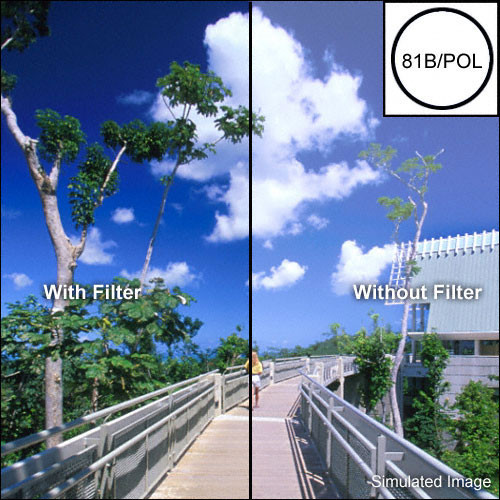
- Polarizing Filter. Used to reduce or eliminate reflections on highly reflective surfaces. (A detective and intelligence agencies need this kind of filter to penetrate the transparent barrier between the photographer and the object to be photographed such as those inside the cars or restaurants with glass walls.

THE CHEMICAL PROCESSES
Basically, all the images recorded on the sensitized materials by the action of light are invisible. These latent images are still temporary and can be ruined when accidentally exposed to light.
To make the latent image visible and permanent, chemical processing is necessary. This process is known as the DEVELOPMENT PROCESS of the films that make the latent image visible and permanent. The developed image is the reversal of the original objects photographed and called NEGATIVE.

There are several factors to be considered in the development process of the sensitized materials. DENSITY is the degree of darkness of the images developed. It can either be too dark or too light, depending upon the amount of metallic silver formed. On the other hand, CONTRAST is the difference between one tone and another, which is so apparent when the density of the image is viewed.
During the development process of the sensitized materials, the silver halide where the latent is recorded will be developed and turned to a metallic silver that formed the image on the negative. The details of the images developed will be determined whether the sensitized materials are accurately processed or not.

FACTORS THAT AFFECT THE DEVELOPMENT OF SENSITIZED MATERIALS
-
- The concentration of strength of the working solution
- The temperature of the chemical involved in the development process
- Time element required
- Agitation of the sensitized materials during the development process.
THINGS NEEDED FOR THE DARKROOM
-
- A table or bench large enough for an enlarger and trays.
- Plastic bucket for mixing chemicals
- Photographic thermometer
- Developing tank
- Plastic bottles
- Large plastic funnel
- Safelight for printing and enlarging
- Clock or interval timer
- Developing trays
- Contact printer
- Graduated cylinder
- Film clips or plastic clothespins
- Photographic enlarger
- Miscellaneous supplies
- Water for washing
FURTHER NOTE: Click this to download a guide on Darkroom procedure for PHOTOGRAPHIC DEVELOPMENT PROCESS.
Watch the above video and experience by watching the simple way of developing a black and white film that you may no longer experience today.
This has now ended our discussion on the elements of photography. We need to remember that despite the technology the elements of photography are still the same, they are: LIGHT, CAMERA, SENSITIVE MATERIALS, AND CHEMICAL PROCESSING as science explained it.
Digital photography deviates from it, what digital photography has (in terms of elements) probably is three elements (we made mention memory is also sensitive materials), and no more chemical processing involves. Instead, PRINTING PROCESS using printer is used. Another deviation is that digital photography is susceptible to MANIPULATION AND EDITING IT DIGITALLY is easy, even for those without much training on digital technology. This is the reason that even the US Supreme Court wanted to thresh out several problems encountered when it comes to the admissibility of digital evidence (Click this to read US Court Ruling towards this).
In the Philippines, we have the NEW REVISED RULES ON EVIDENCE (click this to download your PDF copy) and we encourage you to read it to equip you with good knowledge if not basic about the photograph as evidence especially those that are generated electronically.
IF YOU ARE READY TO TAKE THE EXAM, GOOD LUCK!
YOU CAN REPEAT REVIEWING FROM THE BEGINNING OF THIS PART IF YOU THINK YOU ARE NOT YET READY. BUT IF YOU ARE READY, CLICK THE LINK BELOW AND TAKE THE EXAM FOR THIS MODULE
This quiz is for logged in users only.

